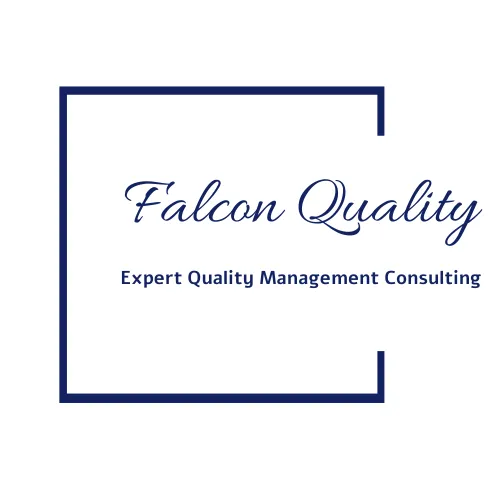
ISO9001 GAP Analysis Question 28 - Internal and External QMS Communications
To verify compliance with Clause 7.4 on Communication, you should examine how your organization manages its internal and external communication processes relevant to the Quality Management System (QMS). This verification involves checking for documented procedures, records, and practices that align with each part of the clause.
Here’s a step-by-step breakdown of what to review:
Review Communication Topics
Begin by confirming that the organization has determined what needs to be communicated, both internally and externally, in relation to the QMS. Compliance in this area may involve reviewing documented communication plans, policies, or procedures that specify relevant QMS topics, such as quality objectives, performance metrics, or customer requirements.
Check Timing of Communications
Verify that there is a defined schedule or trigger for QMS-related communications. Look for evidence that the organization has identified when key communications should take place—whether these are regular updates, event-triggered communications (e.g., quality incidents), or scheduled meetings. Compliance could be demonstrated by meeting schedules, routine reporting intervals, or policies defining specific communication timelines.
Confirm Communication Recipients
Ensure that there’s clarity on who the intended recipients of QMS-related communications are, both internally and externally. Review any documentation that defines who needs to receive specific information—whether it's employees, management, customers, or regulatory bodies. Compliance might be indicated through distribution lists, stakeholder maps, or internal/external communication guidelines.
Evaluate Communication Methods
Examine the methods used for communication, such as email, meetings, reports, or announcements. Compliance in this area would mean the organization has determined how different types of information are shared, based on their importance and audience. Look for evidence like communication procedure documents or records showing established methods for various communication needs.
Verify Communication Roles and Responsibilities
Finally, ensure that roles and responsibilities for QMS communication are clearly assigned. This involves verifying that specific individuals or departments are designated as responsible for each communication type. Evidence might include job descriptions, communication protocols, or responsibility matrices that outline who communicates specific QMS information.
By reviewing these aspects systematically, you can determine whether your organization’s communication processes meet the requirements of Clause 7.4. Evidence of compliance should include documented plans or records showing that all relevant communications are planned, recipients are defined, methods are chosen, and responsibilities are assigned in line with ISO 9001 requirements.